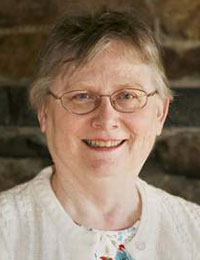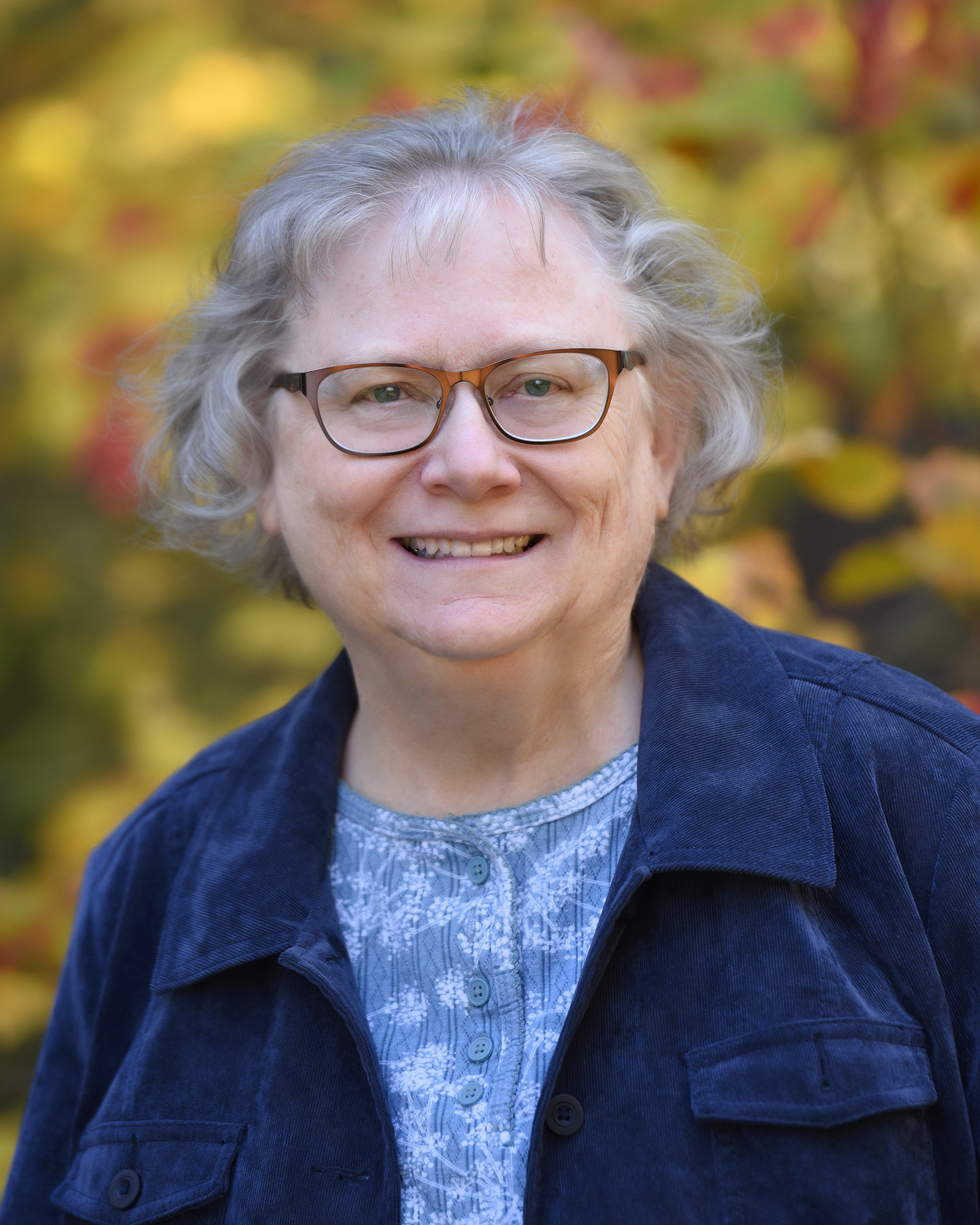 When I was in school thirty plus years ago, there was a lot of discussion about the differences between history and genealogy – usually with genealogy getting the short end of the stick. The gap between historians and genealogists narrowed once we realized that we all use many of the same sources for similar ends. The differences are in our goals. The historian is trying to interpret the life of communities and does not really need to deal with the details of individuals. The genealogist is dealing with individuals on a fact-by-fact basis and may not feel the need to understand the larger community. To an historian a genealogist might appear to “not see the forest for the trees,” and to a genealogist an historian might “clear cut” the trees they have been nurturing in hopes of finding the forest!
When I was in school thirty plus years ago, there was a lot of discussion about the differences between history and genealogy – usually with genealogy getting the short end of the stick. The gap between historians and genealogists narrowed once we realized that we all use many of the same sources for similar ends. The differences are in our goals. The historian is trying to interpret the life of communities and does not really need to deal with the details of individuals. The genealogist is dealing with individuals on a fact-by-fact basis and may not feel the need to understand the larger community. To an historian a genealogist might appear to “not see the forest for the trees,” and to a genealogist an historian might “clear cut” the trees they have been nurturing in hopes of finding the forest!
It therefore amused me greatly when I discovered a small example of this history-genealogy difference while reading Divided We Stand, Watertown, Massachusetts, 1630-1680, by Roger Thompson. Divided We Stand contains the case of Susannah Woodward (the woman I mentioned in Something else inventories can tell us), and I have been enjoying the Watertown forest, where Susannah Woodward was at the center of a high profile paternity case in 1671. She insisted the father of her child was Thomas Hastings, while Hastings’ family insisted it was John Chadwick. In the end, the settlement of the case had a lot to do with the political and social alliances of the town, which fits right in with Thompson’s study of the community.
However, my genealogist’s ears began to burn at Thompson’s statement that Susanna’s son was named “John.” Just John, no surname despite the ambiguity of the court case, which leaves the possibility of the child being given the surname of Hastings, Chadwick, or Woodward! He was named Thomas Hastings. Yup, “Thomas” not “John,” which is confirmed by a source citation right in the book. So here is a case where the historian “clear cut” the details about young Thomas Hastings since it had no bearing on the larger story being told. But it sure does have bearing to Thomas’ descendants.
Despite that, I highly recommend that genealogists read Divided We Stand, and as many historical treatments of the communities where their ancestors lived as possible. Nurture the trees, but remember to also look around at the view.
Share this:

About Alicia Crane Williams
Alicia Crane Williams, FASG, Lead Genealogist of Early Families of New England Study Project, has compiled and edited numerous important genealogical publications including The Mayflower Descendant and the Alden Family “Silver Book” Five Generations project of the Mayflower Society. Most recently, she is the author of the 2017 edition of The Babson Genealogy, 1606-2017, Descendants of Thomas and Isabel Babson who first arrived in Salem, Massachusetts, in 1637. Alicia has served as Historian of the Massachusetts Society of Mayflower Descendants, Assistant Historian General at the General Society of Mayflower Descendants, and as Genealogist of the Alden Kindred of America. She earned a bachelor’s degree from the University of Connecticut and a master’s degree in History from Northeastern University.View all posts by Alicia Crane Williams →